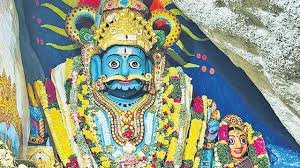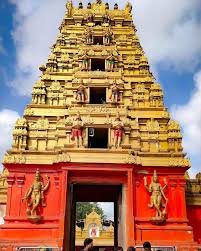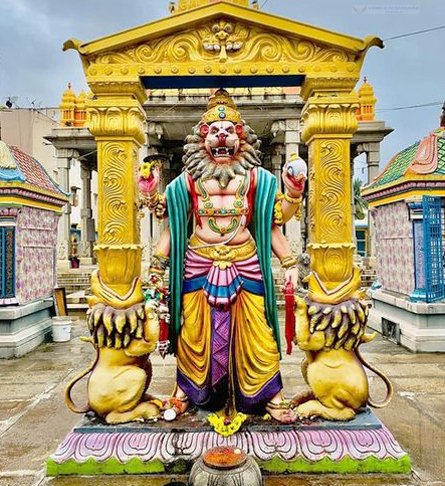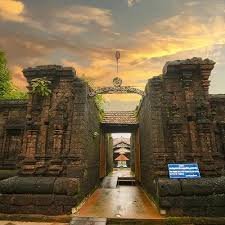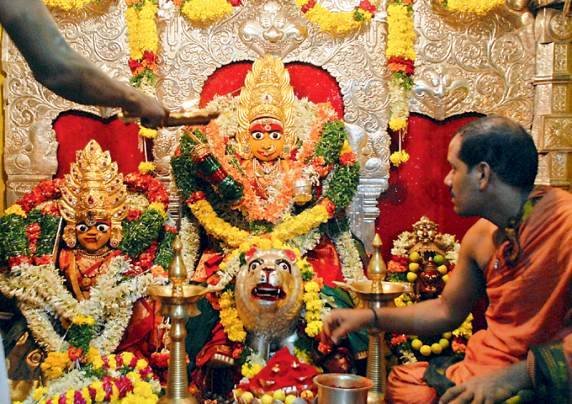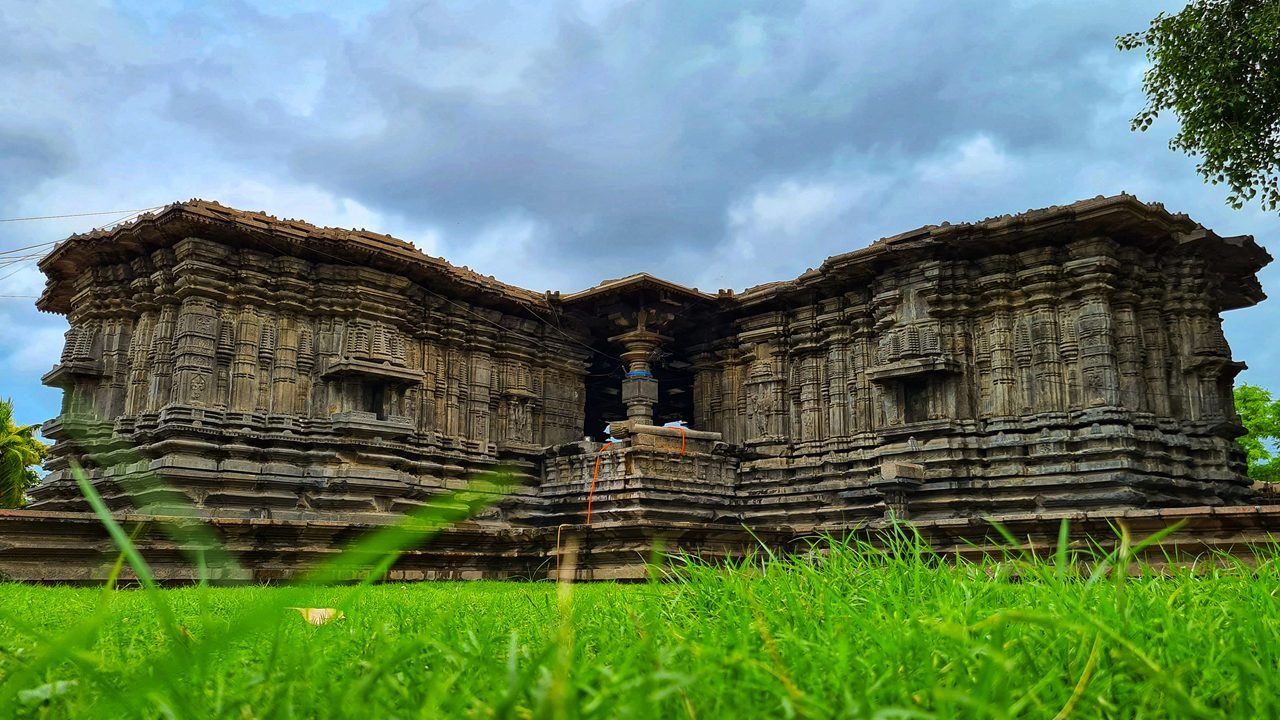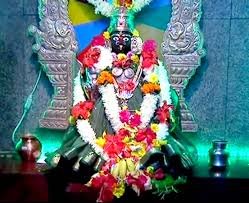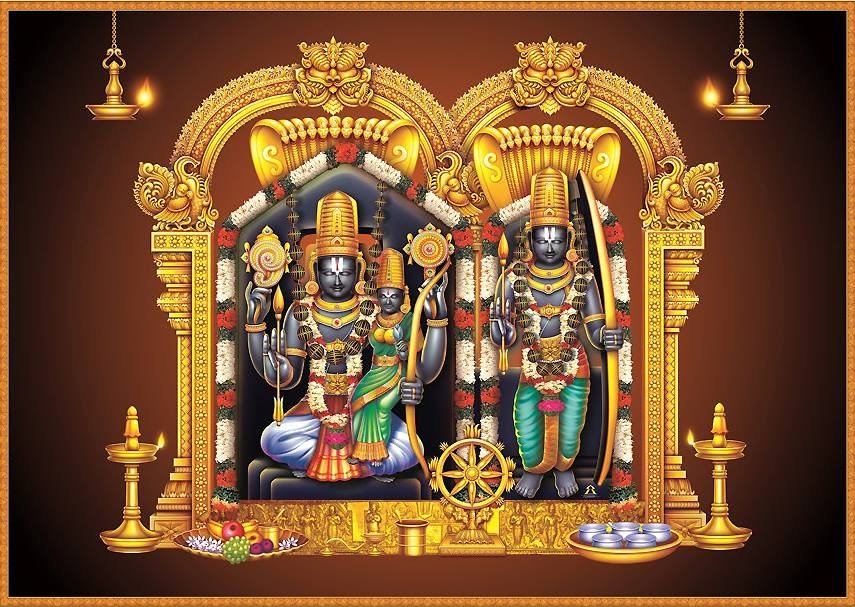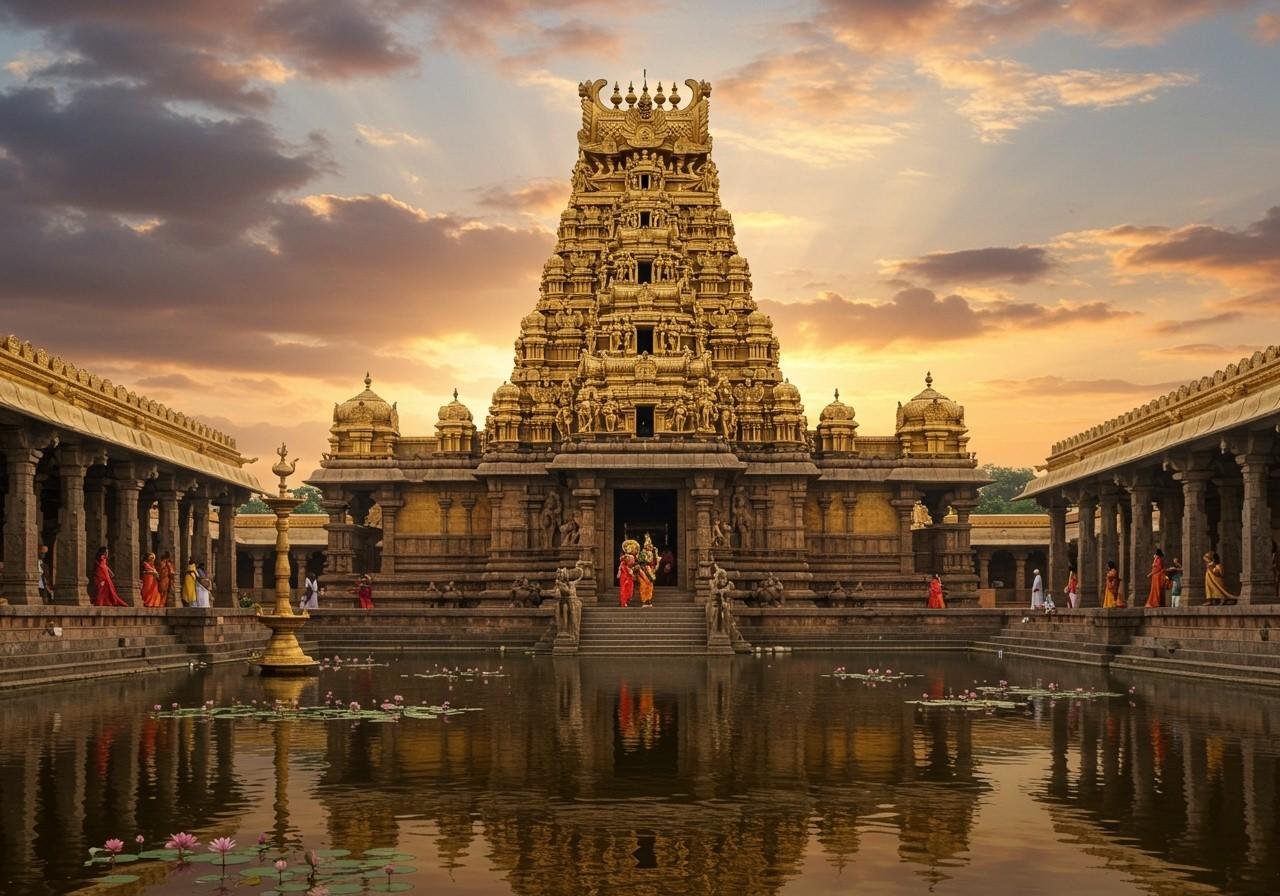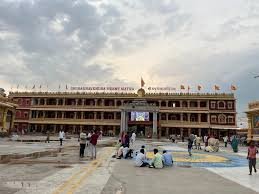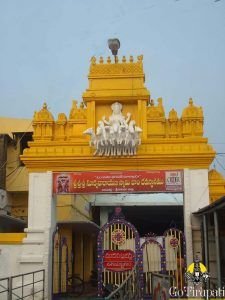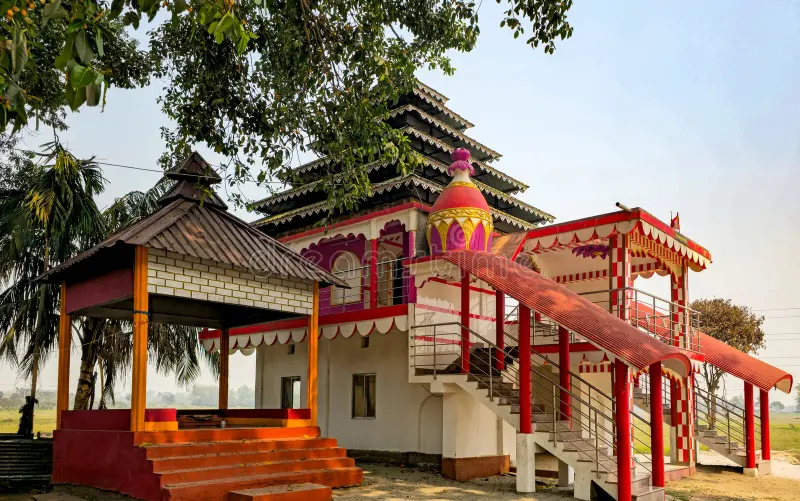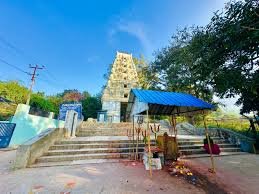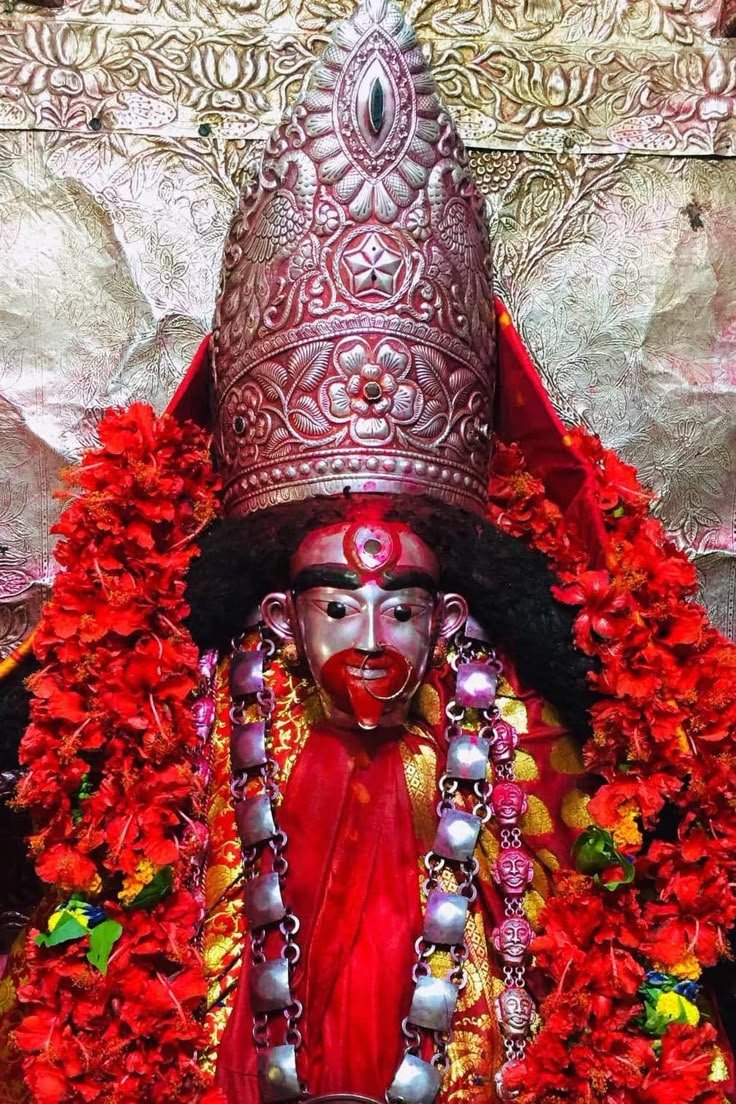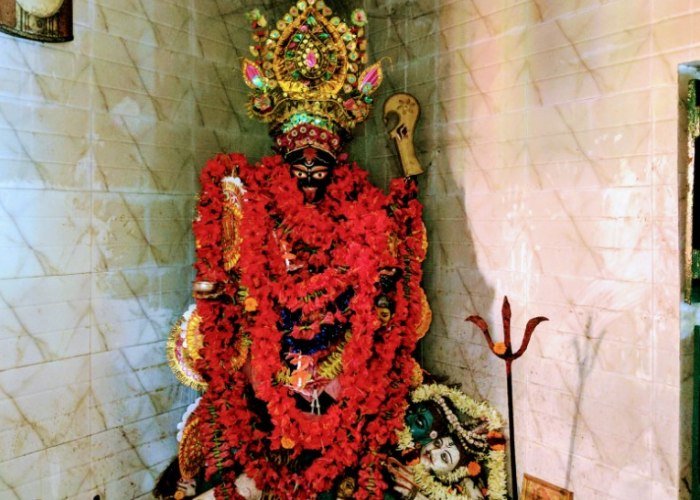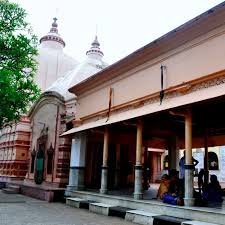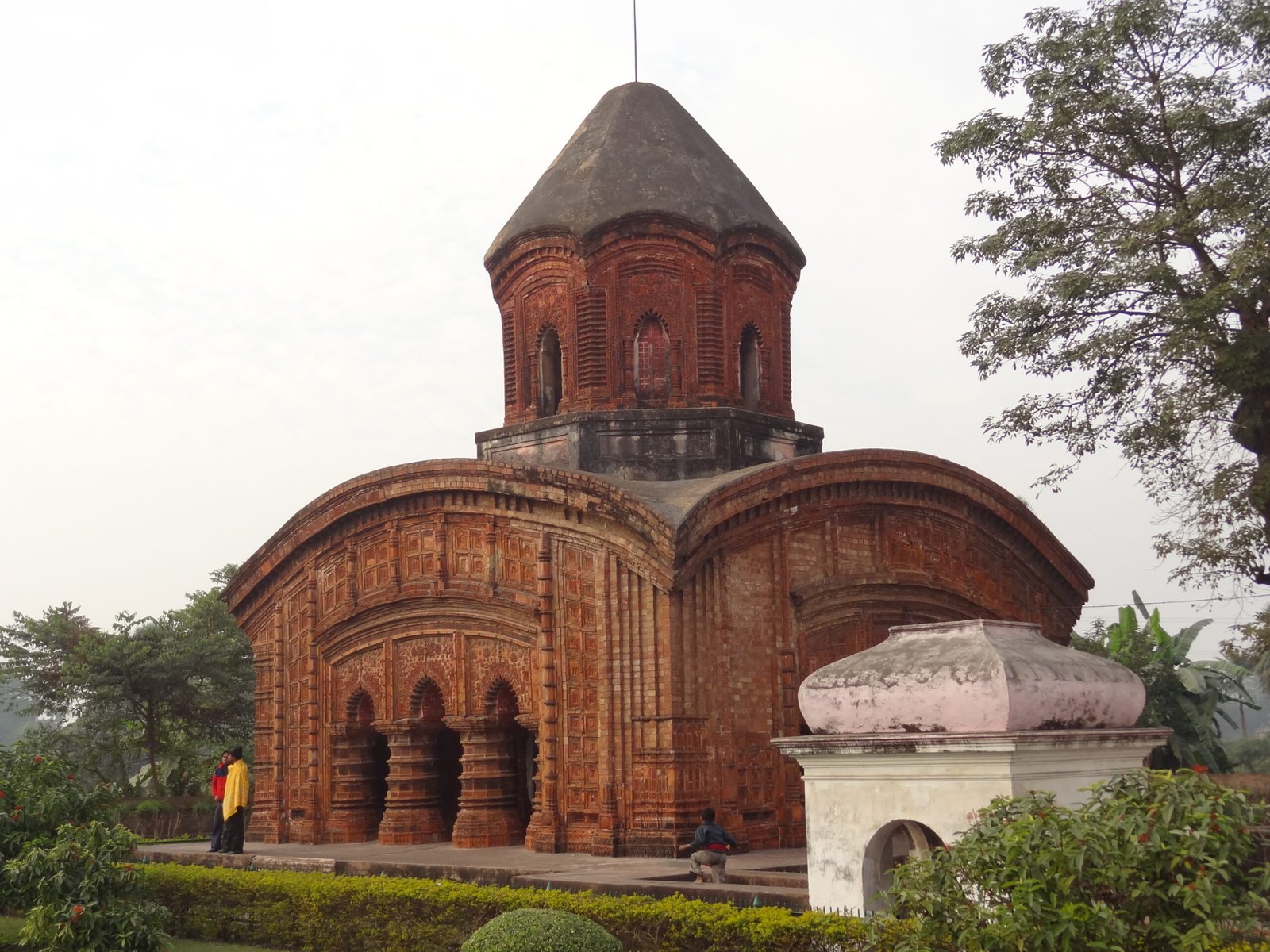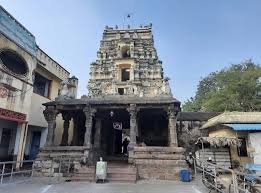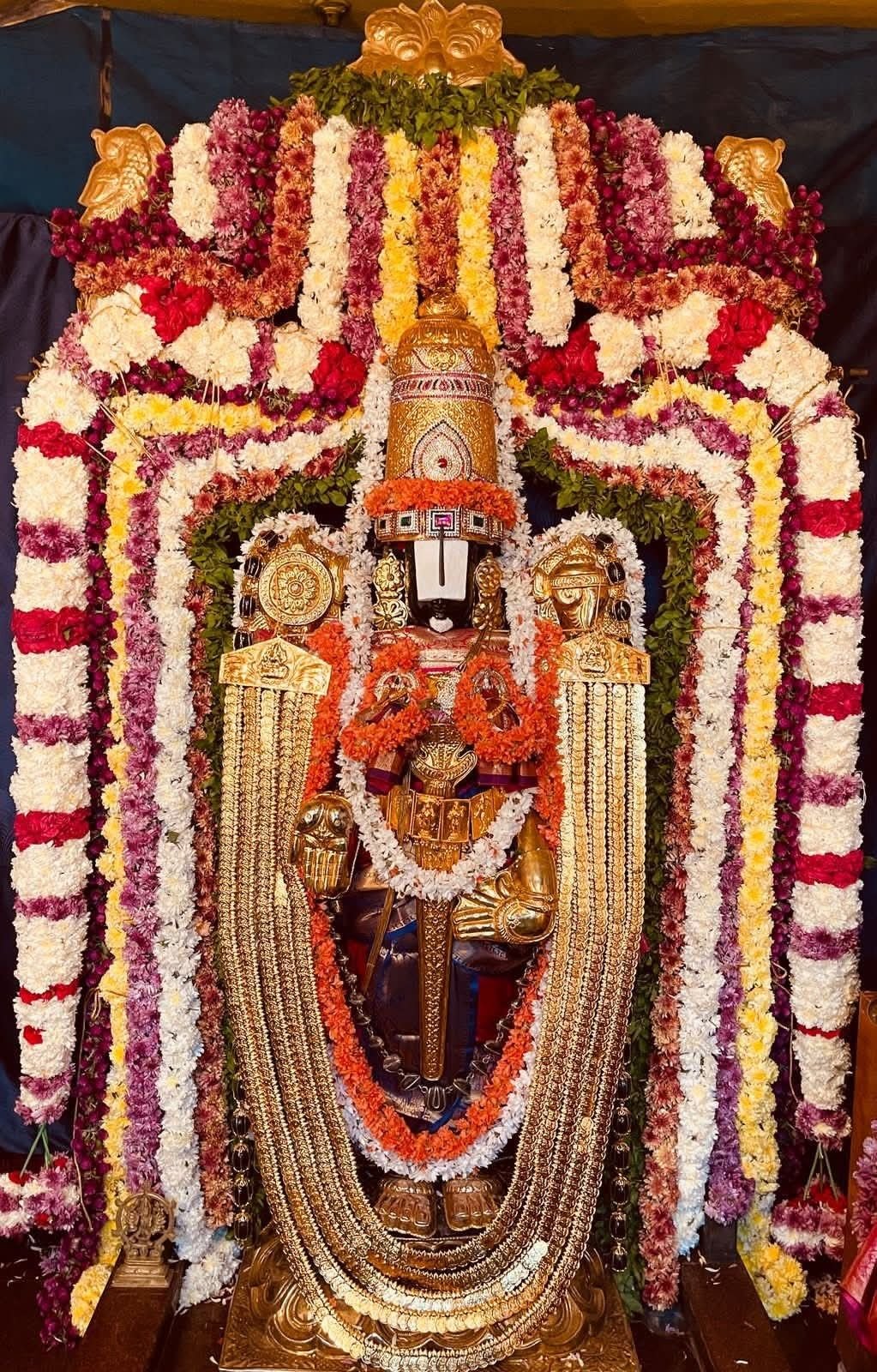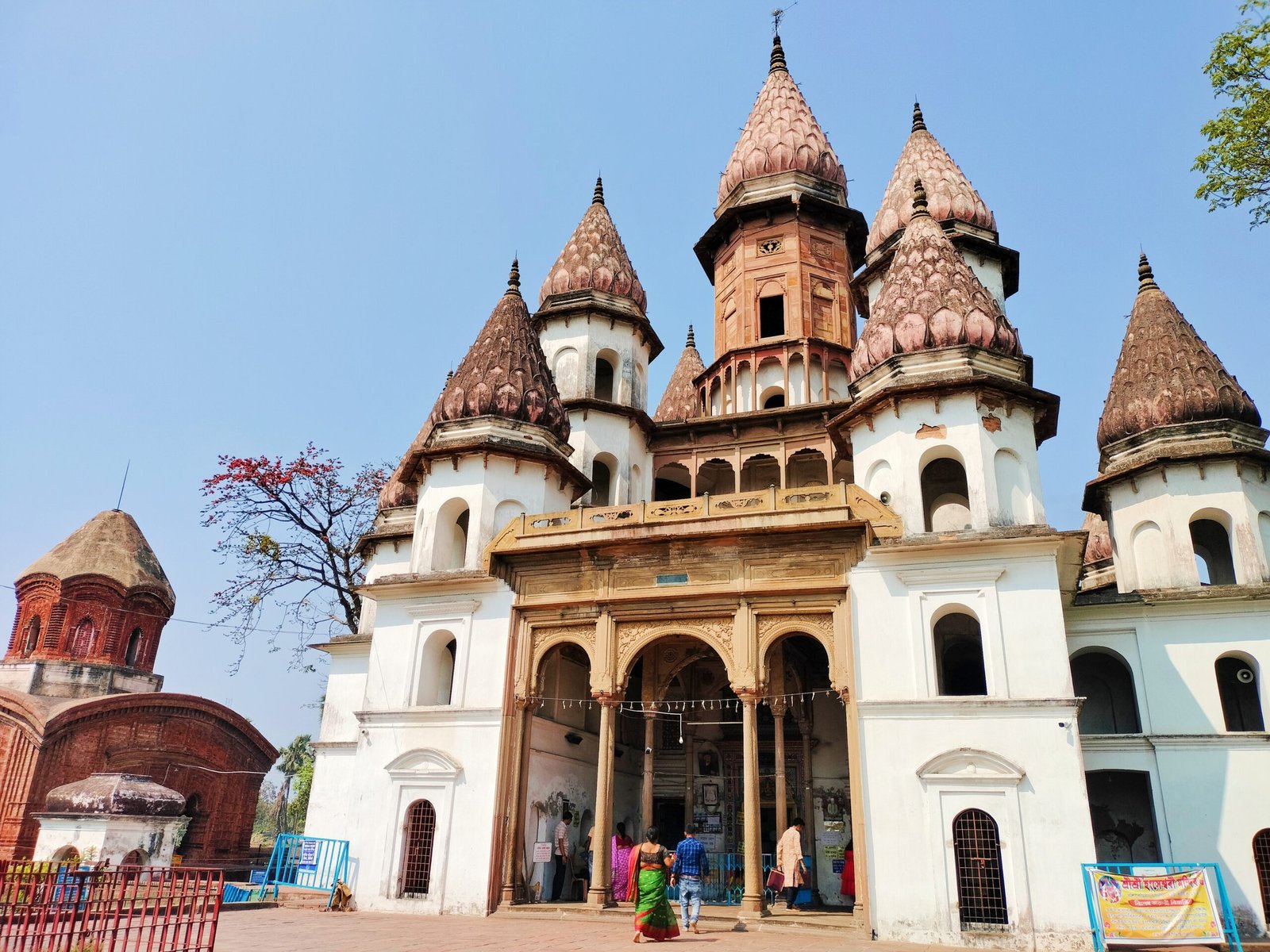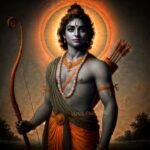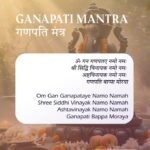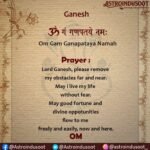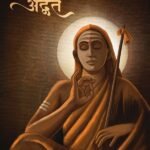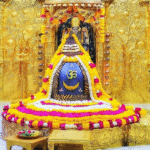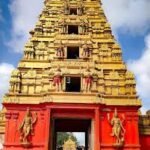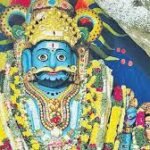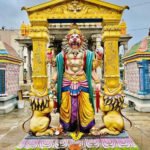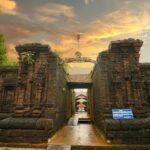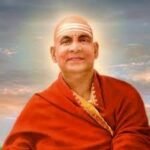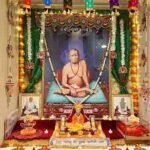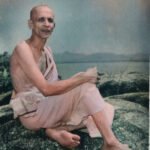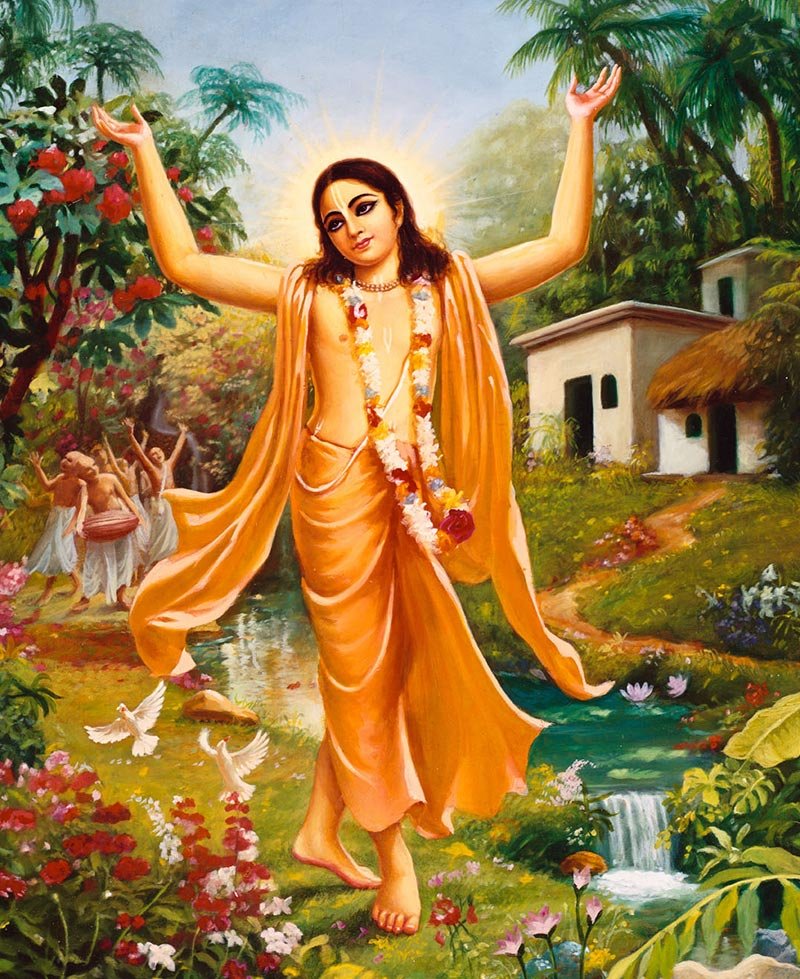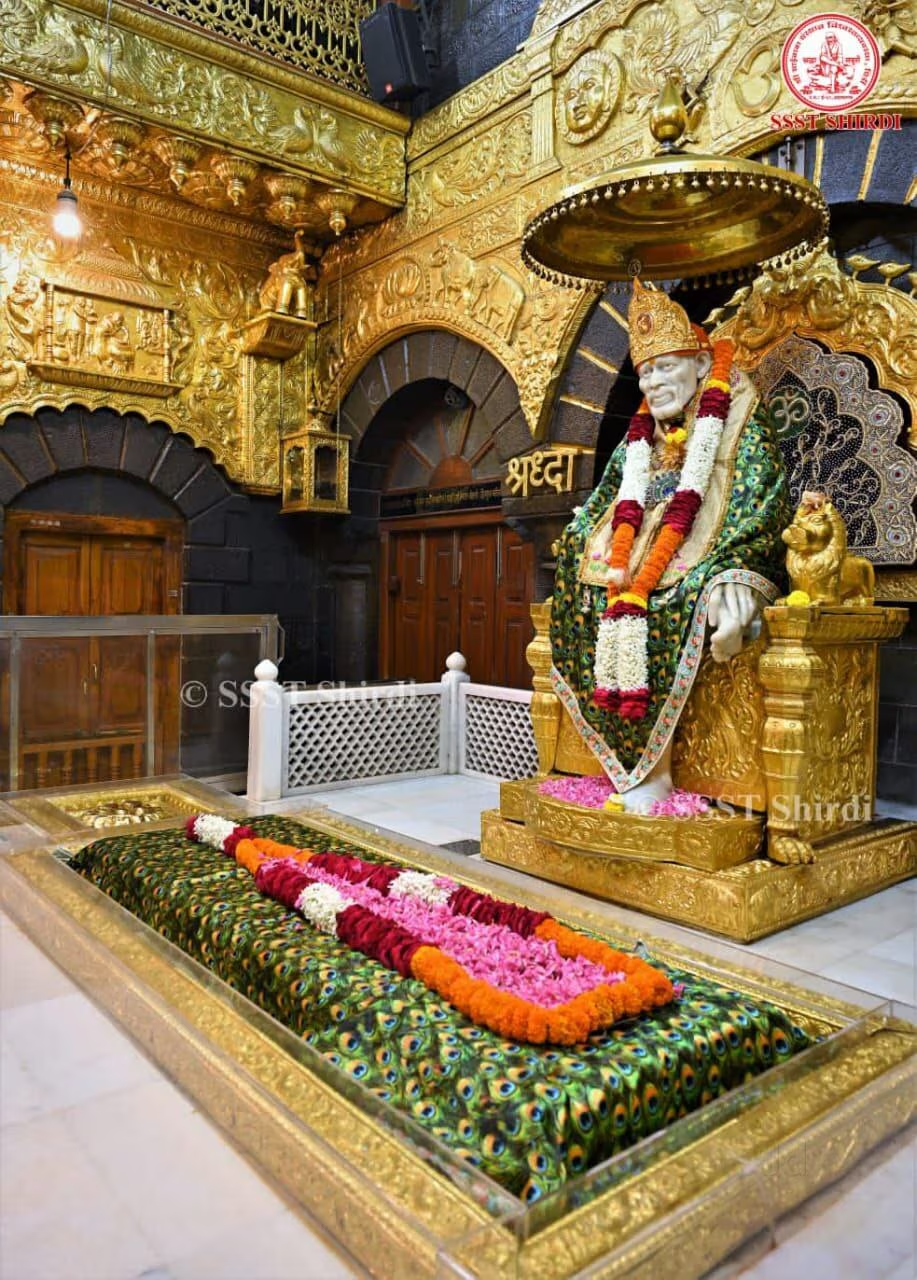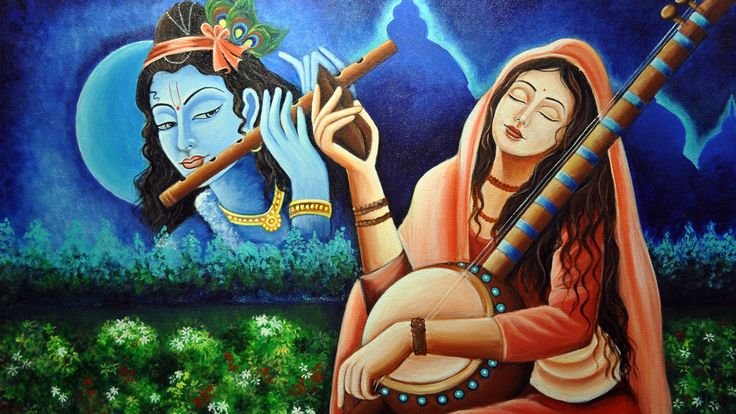Rishi Bharadwaja
Rishi Bharadwaja

Rishi Bharadwaja.
Bharadwaja was one of the greatest Hindu sages (Maharshis) descendant of rishi Angirasa, whose accomplishments are detailed in the Puranas. He is one of the Saptarshis (Seven Great Sages Rishi) in the present Manvantara; with others being Atri, Vashishtha, Vishvamitra, Gautama, Jamadagni, Kashyapa.The tamil speaking brahmins say ” Bharadwaja ”, the sanskrit name also Bharadwaja but the telugu, kannada and some north indian brahmins say the same gotra as ” bharadwajasa ”. Hence both names are same.
Personal life.
Bhardwaj Maharishi was a sage of the Vedic times. He was the son of Brihaspati. He attained extraordinary scholarship. He had the great power of meditation. He is also the author of Ayurveda. His Ashram still exists at the holy Prayag (Allahabad).Maharishi Bharadwaj was the son of Devarishi Brihaspati. Devarishi Brihaspati was the son of Maharishi Angiras. These 3 Rishis are called the Traya, Three, Rishis of the Bharadwaja Gotra. Guru Dronacharya, the royal guru to Kauravas and Pandavas in the epic Mahabharat was the son of sage Bharadwaj. He was a master of advanced military arts, including the Devastras.
His son Dronacharya was born as a result of his attraction to an Apsara Ghrtaci. He trained Drona in use of weapons. Drona also learnt the use of weapons from Agnivesha, Parasurama’s student and from Parasurama himself. Drona then went on to teach the weaponry to the Kauravas and Pandavas. Drona has a son called Aswatthama who could wield weapons but not withdraw them as he had insufficient self control.


Bhardwaj’s education.
Bharadwaja had studied grammar-scripture from Indra and taught it to many sages including interpretation. It is described in both ‘Ruktantra’ and ‘Aitareya Brahmin’. Charaka Rishi wrote that Bharadwaja had studied Ayurveda from Indra. Based on his deep study of this Ayurveda, Bharadwaja also composed the Ayurveda-Samhita. Bharadwaja received the teachings of theology from Maharishi Bhrigu and composed ‘Bharadwaja-Smriti’.
Mahabharata and Hemadri have mentioned this. It is prevalent in the Pancharatra-bhakti-sampradaya that Rishi Bharadwaja was also the creator of ‘Bharadwaja-Samhita’, a code of the sect. According to Mahabharata, Shanti Parva, sage Bharadwaja preached on ‘Dhanurveda’. There, it is also said that the sage Bharadwaj practiced ‘Rajashastra’.
Kautilya respectfully accepted the sage Bharadwaj among the creators of his earlier Arthashastra. Rishi Bharadwaj had composed a large text called ‘Yantra-Sarvasva’.
Some part of this book has been published by Swami Brahmamuni under the name of ‘Vimana-Shastra‘. This book describes the creation of various metals for high and low-level planes. Thus the grammar, theology, pedagogy, theology, economics, archery, Ayurveda, and physicist Rishi Bharadwaj were together in this book. And in other texts, only the quotations of his texts attest
The description of the incident is as follows- Bharadwaj endeavored to study the entire Vedas. Pleased Indra with strong will power and hard penance. Bhardwaj was pleased with Indra and asked for a hundred years of age to study. Bhardwaj kept studying. Hundred years are over. Pleased with the dedication of study, Indra again asked to ask for the groom, so Bharadwaj asked for another hundred years of study again. Indra provided a hundred years. Thus the order of study and boon continued.
Bhardwaj studied for three hundred years. After this, Indra again appeared and said – “O Bharadwaj! If I give you a hundred more years, what will you do with them? ‘Bharadwaj replied simply,’ I will study the Vedas. ‘
Indra immediately erected three mountains of sand, then took a handful of sand in his hands and said – ‘Bharadwaj, understand these are three Vedas and your study of three hundred years is this handful of sand. The Vedas are eternal. What you have known in three hundred years of age, it is too much to know. ‘
Therefore, pay attention to my point – ‘Agni is the nature of all disciplines. Therefore, know fire only. Knowing him, the knowledge of all the disciplines will be attained automatically, after this Indra made Bharadwaj duly knowledge of Savitri-Agni-Vidya. Bharadwaja, knowing that fire, got the nectar from it and went to heaven and attained life with Aditya.
Indra interviewed the element of fire, identified it with knowledge, and composed the works in spirit. He was the ultimate master in the experiments of Ayurveda. That is why he attained the highest age among the sages. He has been counted as the longest sage in the Brahmanas by the term ‘long live’.
Bharadwaj was the priest of the sage Kashiraj Divodas. He was the priest of Pratodhan, son of Divodas and then the same Mantradrishta sage performed the Yagya of Pratsardan’s son Kshetra.
At the time of exile, Shri Ram went to his ashram, which was historically a treaty of Treta-Dwapar. From the above evidence, there is no exaggeration in calling Bharadwaja Rishi as ‘Anuchanatam’ and ‘long live’ or ‘infinite’ age.
It is said in the tenth mandala of the Rig Veda – ‘This is how all the sages learned the ultimate knowledge of the yajna which was secret in the cave of the intellect, but Bharadwaja sage gave it to the dysthan (swargaloka) – Savita, Vishnu, and fire god. He got the knowledge of Brihatsam only.
In the context of the definitions of Brahmanical texts, we can say that based on the hymns, the vocal singing which expresses the heaven, Aditya, mind, superiority, and Tejas in the tone of the voice is called ‘Brihatsam’.
His son Dronacharya was born as a result of his attraction to an Apsara Ghrtaci. He trained Drona in use of weapons. Drona also learnt the use of weapons from Agnivesha, Parasurama’s student and from Parasurama himself. Drona then went on to teach the weaponry to the Kauravas and Pandavas. Drona has a son called Aswatthama who could wield weapons but not withdraw them as he had insufficient self control.
Bharadwaja had a daughter called Devavarnini. Yajnavalkya, the author of the Satapatha Brahmana was a descendant of Bharadwaja.The second wife of Yajnavalkya Katyayani, was the daughter of Bharadwaja.
Dharmasutra and Srautasutra were written by Bharadwaja. The manuscript of the latter was in Pandu script and is available with the Visvavidyalaya of Mumbai.He was a grammarian. As per the Rktantra, pratisakhya of the samaveda, Brahma taught grammar to Brhaspati who taught it to Indra, who in turn taught it to Bharadwaja. Panini, Rkpratisakhya and Taittiriya have quoted and discussed Bharadwaja on grammar.
He had an unquenchable thirst for the knowledge of the Vedas and in addition to his studies, meditated on Indra for long life for more knowledge. He also meditated upon Siva and Parvathi for more Vedic knowledge. He was a disciple of Gauthama Maharshi as well as of Valmiki. He was a first hand witness to the incident of the Krauncha birds, where Valmiki uttered his first sloka. He was egoless. He spent a major part of his life spreading Vedic knowledge as per a command of Indra’s.
.

In Ramayaṇa, Sri Rama along with Sita and Lakṣmaṇa went on exile on own for the maintaining the dharma/words of his father. Rama along with them went through many forest regions starting from crossing Ganga river with help of Guhan, head clansman and a friend of Rama’s father Daśaratha. As he traveled he visited many Rishi’s Ashrams and met many rishis and sages including Agastya, Gautama and Bharadvāja.
Sri Rama and others rested in Bharadvajas ashrama when they were crossing Prayag and accepted his offerings as great sages knew that Sri Rama is incarnation of Maha Vishnu Sita devi is goddess Lakshmi and Lakshmana is none other than Sesa Naga.
These 3 Rishis are called the Traya, Three, Rishis of the Bharadwaja Gotra. Guru Dronacharya, the royal guru to Kauravas and Pandavas in the epic Mahabharat was the son of sage Bharadwaj. He was a master of advanced military arts, including the Devastras.
Source: vijibadhri

